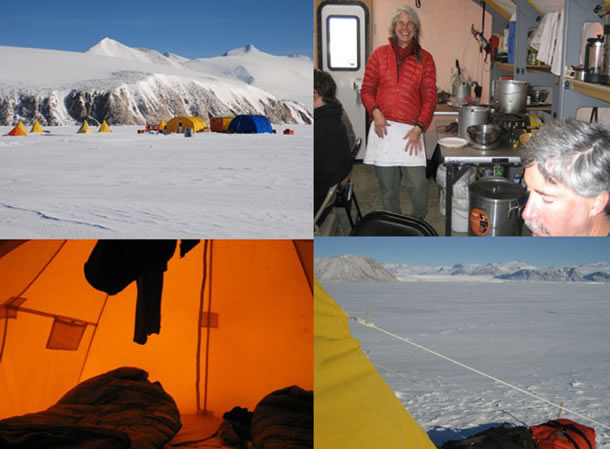
Image courtesy Julia Dooley. | ||||
| ||||
You might also be interested in:

Traveling Nitrogen Classroom Activity Kit
Check out our online store - minerals, fossils, books, activities, jewelry, and household items!...more
Antarctica
Antarctica is unique. It is the coldest, windiest, and driest continent on Earth. The land is barren and mostly covered with a thick sheet of ice. Antarctica is almost entirely south of the Antarctic Circle...more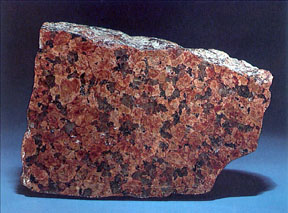
Granite Rocks
As granite is an intrusive igneous rock, a close look at a piece of granite will reveal that there are crystals of common silicate minerals within it such as quartz, plagioclase feldspar and orthoclase...more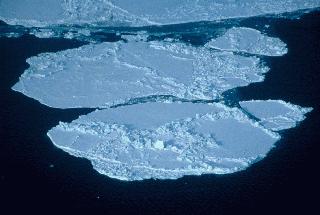
Sea Ice in the Arctic and Antarctic
Sea ice is frozen seawater. It can be several meters thick and it moves over time. Although the salts in the seawater do not freeze, pockets of concentrated salty water become trapped in the sea ice when...more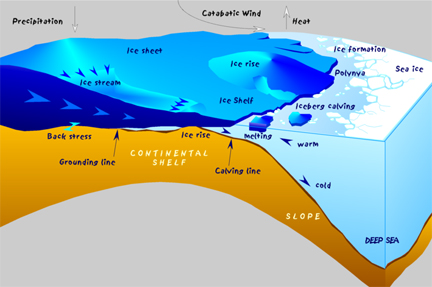
Antarctic Weather
Antarctica is the southernmost continent on Earth, and since it’s home to the South Pole it is probably no surprise that the weather here is very cold—in fact, Antarctica is quite a bit colder than even...more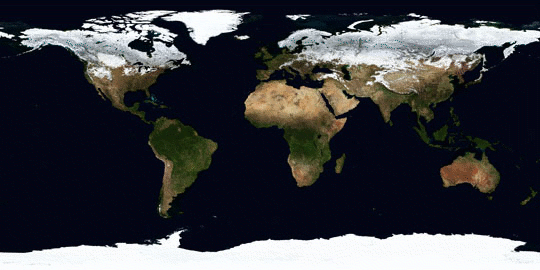
North and South: Opposite Seasons
NASA's Earth Observatory has recently started making images of the entire surface of the Earth every month. There are no clouds in the images because they combine many pictures taken at different times...more
Glaciers and Ice Sheets
For a glacier to develop, the amount of snow that falls must be more than the amount of snow that melts each year. This means that glaciers are only found in places where a large amount of snow falls each...more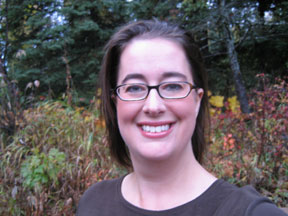
Joanna Hubbard
This is my 10th year with the Anchorage School District as a science teacher, currently working with K-12 teachers around the district rather than in a classroom. My most recent classroom time was as a...morePlease log in
Science Blogs
Real Climate: climate science from climate scientists

Windows to the Universe, a project of the National Earth Science Teachers Association, is sponsored in part is sponsored in part through grants from federal agencies (NASA and NOAA), and partnerships with affiliated organizations, including the American Geophysical Union, the Howard Hughes Medical Institute, the Earth System Information Partnership, the American Meteorological Society, the National Center for Science Education, and TERC. The American Geophysical Union and the American Geosciences Institute are Windows to the Universe Founding Partners. NESTA welcomes new Institutional Affiliates in support of our ongoing programs, as well as collaborations on new projects. Contact NESTA for more information.




